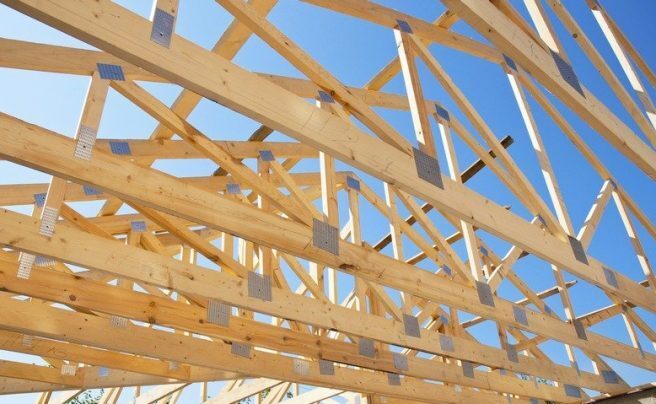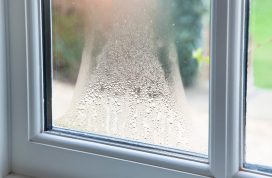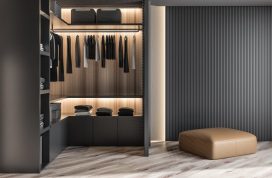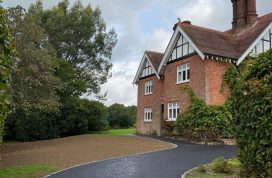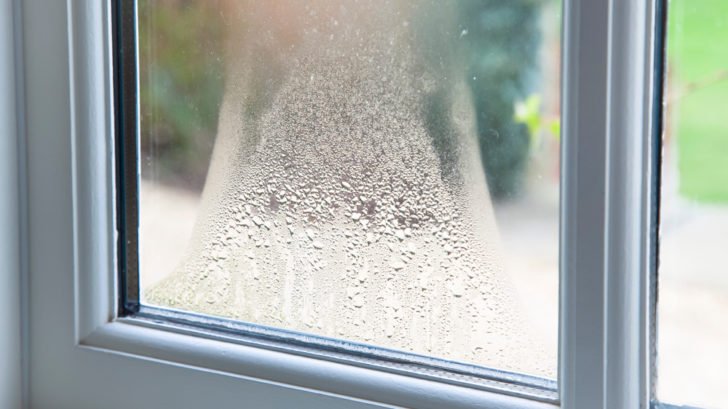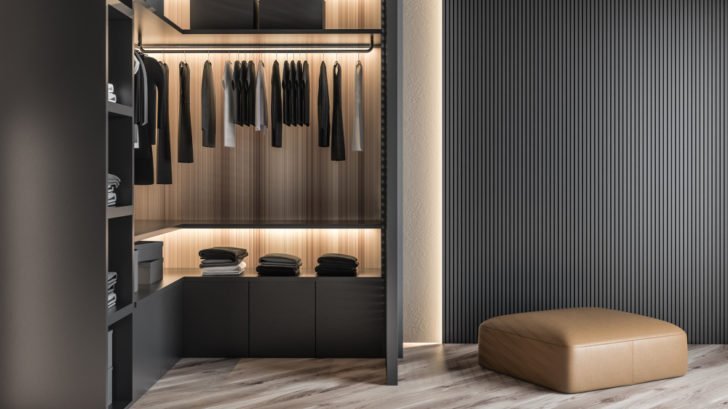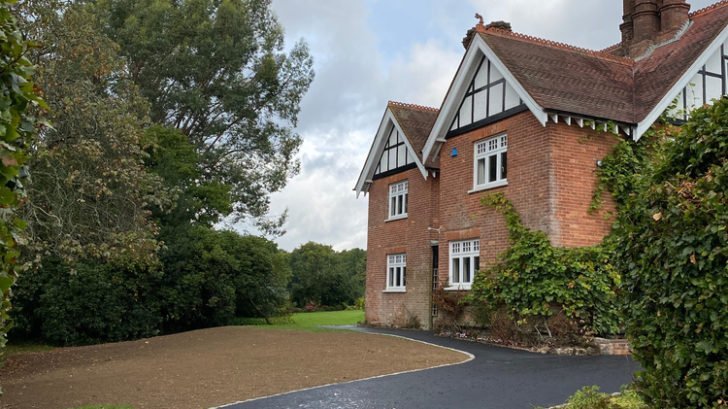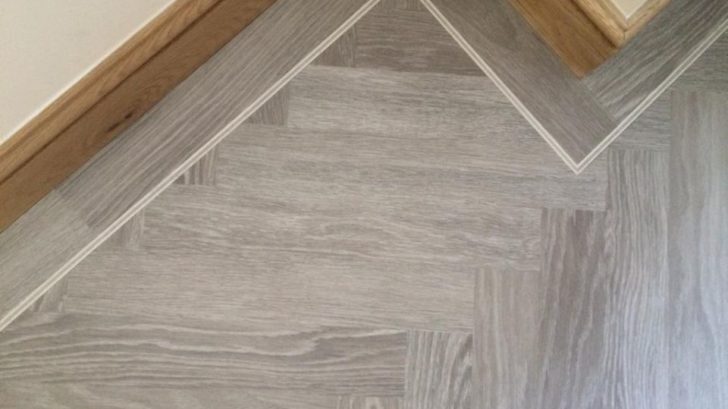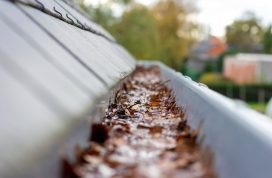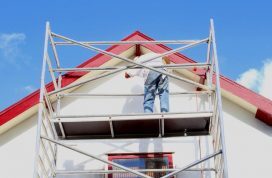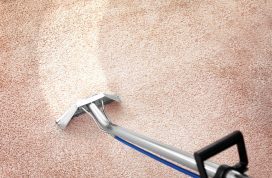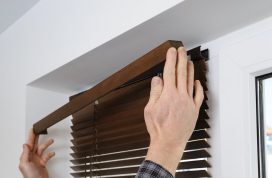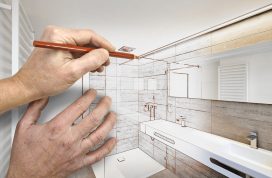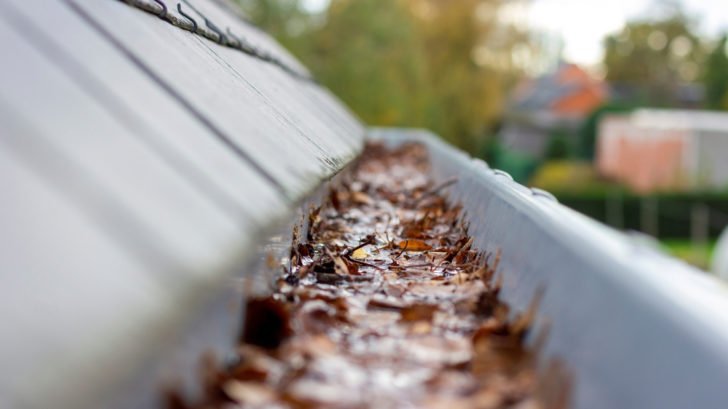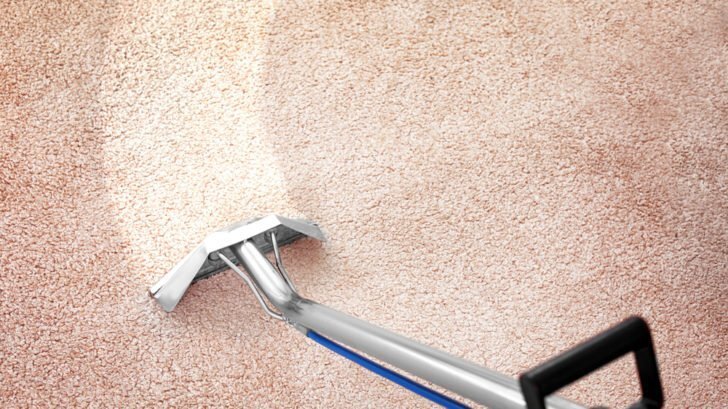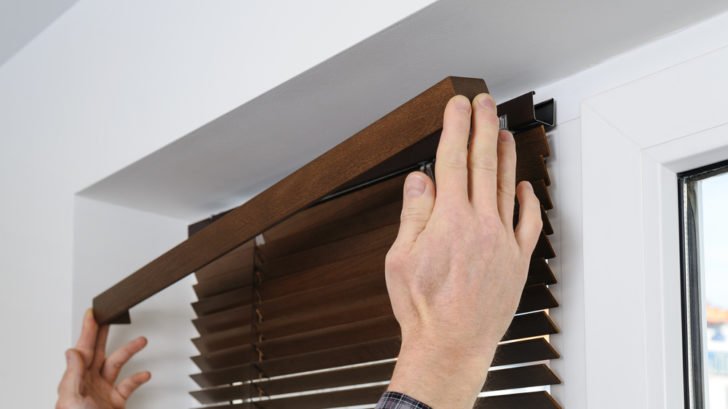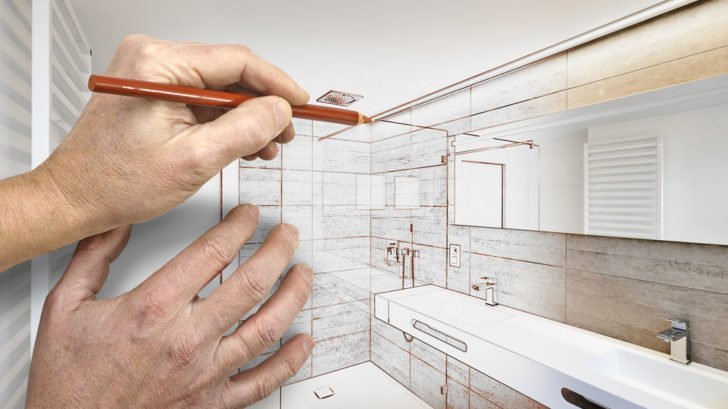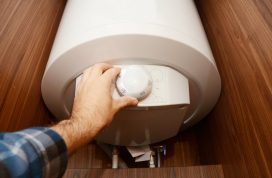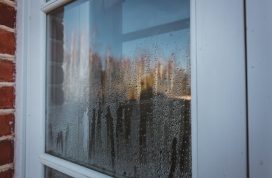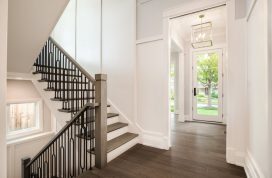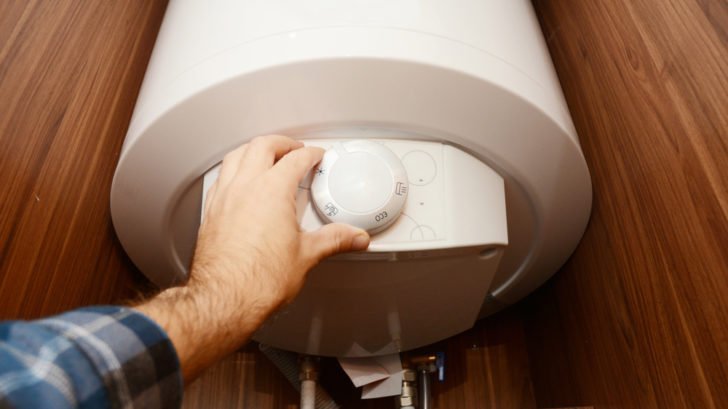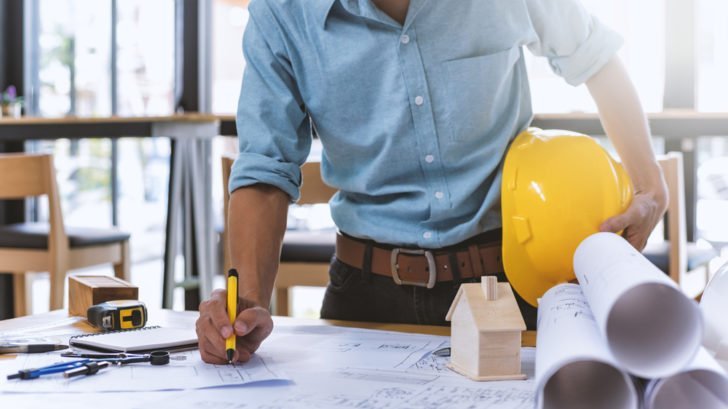Roof trusses cost for your roof framing! The truss is a popular choice of framing in the UK because it is cost-effective, reliable, and adjustable to a variety of roof designs. It offers the stability and strength essential for any roof structure.
Roof trusses, also called trussed rafters, are typically made of timber to help ensure their stability when exposed to wind, rain, and snow. Timber is not only abundant and sustainable, but it is also environmentally friendly, making it the perfect option for those looking to reduce their carbon footprint. So, how much will roof trusses cost? Check out our in-depth guide on roof truss prices and costs.
How much does a Roof Trusses cost?
£14.2k
LOW COST
£32.7k
HIGH COST
£23.5k
AVG COST
Next Step: Find out exactly how much your project will cost.
£14.2k
LOW COST
£32.7k
HIGH COST
£23.5k
AVG COST
Cost of Roof Trusses Per m2 in the UK
When constructing a new building, roof trusses (or trussed rafters) are essential components to consider. To ensure a cost-effective solution and an efficient construction process, Roof trusses will cost you £85 per square meter.
Roof trusses are similar in shape and design to roof lanterns – except without glass. Unlike the latter, they also work best in attic areas rather than kitchens or bathrooms. They are built to give your home the illusion of extra space; making the area less stuffy and claustrophobic.
You will often find roof trusses in modern churches or council buildings constructed from brickwork and reinforced wood rather than stone; however, the design works equally well for a domestic property as long as the home is large enough. Plus, there are several different roof truss shapes to choose from, so you can find something that suits the exterior of your home.
Roof Truss Cost Calculator UK
materials | unit | average cost |
|---|---|---|
Roof Trusses | Per m2 | £85 |
Roof Trusses | 55m2 Build | £4,680
|
Roof Tiles (Clay pain tiles) | 55m2 Build | £13,200 |
Counter Battens | 55m2 Build | £1,600
|
Insulated ceiling to roof trusses | 55m2 Build | £3,600 |
Closed Eaves | Wall plates, fascias, soffits and guttering | £1,820 |
Gables | Gable rafters and bargeboard | £1,135 |
Scaffolding | Per m2 | £20 |
Skip Hire | Each | £250 |
When designing and ordering roof trusses, several factors must be taken into consideration: the type of truss, the span, and the pitch of the roof. All need to be specified before orders are placed. For a typical new build property measuring 55m2 in size, you can expect to pay around £4,680 for the cost of your roof trusses.
Subsequently, there is the expense of labor to consider. Generally, experts in this profession work together for safety reasons and are paid a collective day rate that costs around £400. The installation process may take up to seven days and will total about £2,800. To be extra sure you have enough funds available, we suggest budgeting at least £7,480; however, keep in mind that if your roof span increases, the cost will accordingly increase as well.
What are the major determinants of roof truss cost per square foot?
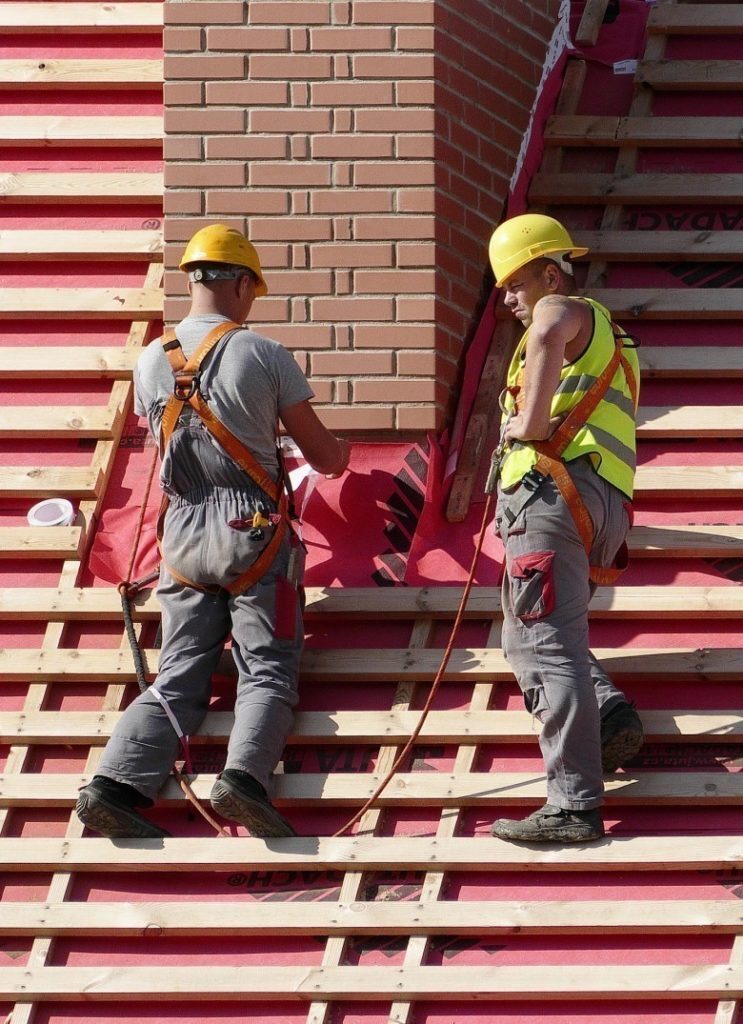
Our table above serves as a rough estimate for the cost of truss roofing. However, to get an accurate assessment of what you will pay for these services, several aspects need to be taken into consideration including:
Truss type:
The type or shape of the truss chosen is one of the most important considerations when determining how much one will pay for these services. Different types of trusses require different materials and labor costs, meaning that choosing the right type for the project can have a significant impact on the overall budget.
Span (mm):
The span length of trusses (measured in millimeters) is a critical factor when estimating the cost per square foot, as extended spans necessitate extra reinforcements, which increase the total pricing of a roof truss.
The pitch (degrees)
The pitch, or angle, of a roof truss, is an important factor to consider when determining the cost and quality of your roof structure. Generally, the steeper the pitch, the more expensive it will be due to increased material costs and labor requirements. Issues such as drainage and ventilation can still be addressed without drastically increasing costs if proper planning is done. Ultimately, though, understanding your building’s specific needs should guide you toward selecting a suitable truss for your project.
The quantity:
Roof trusses are a major expense, and the quantity of required trusses directly affects the overall cost. The more you need, the higher your bill will be due to needing additional materials as well as extra labor hours. Large projects incur significantly greater rates than small ones!
The location:
Roof trusses can be expensive, but the exact cost of your project will also depend on where you are building. Weather conditions, local construction regulations, and material availability all influence the price significantly – especially in climates with harsher weather or stricter building codes which may require higher-grade materials and reinforcements to meet code requirements. All these factors add up quickly, potentially increasing costs substantially. Additionally, if materials needed for roof truss construction are not readily available in the area, then transportation costs may need to be factored into the price as well. Ultimately, understanding local conditions can help you make sound decisions when it comes time to purchase your roof trusses and keep your project’s budget under control.
To ensure that you stay within budget during your truss roof planning, it is essential to factor in a variety of potential costs. Leave yourself some wiggle room for any unforeseen expenses!
Types of Truss Roofs and Their Cost
Truss roof designs vary depending on the size and shape of your home, as well as the desired look you’re going for. The four main styles of roof truss costs are as follows:
Fink Roof Trusses Cost
The Fink truss, a two-pitch with an internal web structure resembling the letter “W”, is the most popular type of truss used in modern construction. This versatile design offers an unprecedented strength-to-material ratio spanning from five to nine meters, making it ideal for residential homes being constructed today.
The fink roof truss is the most cost-effective option, as it utilizes minimal timber sections that can generally be installed within 24 hours. However, its design does not leave much space for storage in your attic or on the roof itself. Investing in Fink roof trusses generally costs approximately £14,200.
Traditional Cut Roof
These are designed in the standard attic shape with a sloping roof on one side, but at a steeper angle, allowing you to convert or refurbish the space if you wish. Investing in a Traditional Cut Roof will cost an estimated £19,000.
Attic Truss Cost
Attic trusses are an ideal option for creating extra living space without increasing the home’s footprint. The lower member of these trusses offers a built-in floor platform, giving increased options regarding roof and lower floor configurations. With attic trusses, it is possible to span wider distances onto external load-bearing walls, depending on the size of the room or desired span.
Attic trusses are identical to traditional cuts, except they utilize heavy timber to make the room significantly sturdier. As a result, an attic truss may cost approximately £28,000, marginally more than its counterpart.
Panelised Roofing
Investing in panelized roofing is a beneficial, cost-effective solution, as pre-insulated sheets are laid across the trusses to save time and money. Although it may have an initially higher price tag at £32,700 compared to traditional alternatives, you will be rewarded with long-term financial savings by not needing additional insulation fitting.
Unfortunately, these prices don’t actually account for any windows, staircases, or roof lights that might have to be fitted after the main truss is installed. So, make sure you budget with an architect or project manager before things get started, just so you know you can afford everything you need. If it helps you should browse online or in supplier’s catalogues for the most economical design available – just make sure it will suit your property before signing on the dotted line!
Frequently Asked Question
Is a truss roof cheaper than a cut roof?
For most construction structures, Trussed rafter roofs are more affordable than site cut roofing.
How Can I Reduce Roof Truss Costs?
Self-builders can capitalize on significant savings by providing labor for craftsmen, such as carpenters or roof tilers.
You must remember that skimping on material costs is not an option when it comes to roof trusses; all materials require expert decisions and exact measurements as designated by the engineer or architect. After all, you get out of something that you put into it!
Are truss roofs cheaper than rafters?
Prefabricated truss roof packages typically cost 30% to 50% less than the material and labor necessary for constructing rafters on-site, providing a budget-friendly option for homeowners.
How long do truss roofs last?
With legendary sturdiness, timber roof trusses can last for decades if kept in a dry and humidity-free environment. By performing proper roof maintenance, the longevity of your trusses can be extended and they can be protected from water leakage or termite deterioration.
Is it possible to construct a truss roof myself?
Construction of a truss roof necessitates knowledge and equipment that only an expert can provide. This kind of project should not be taken lightly; you don’t want to end up with a botched job! If you have any prior experience in roofing, then it is possible for you to attempt this endeavor alone, but the process will go much faster if you hire some subcontractors for help.

